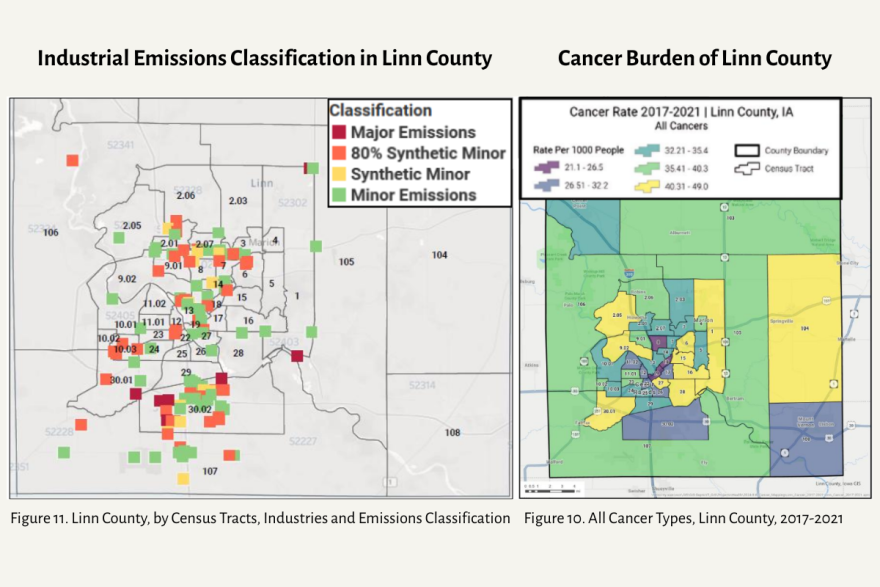The report highlights a steady rise in cancer incidence over the past decade — with a special focus on the impacts of COVID-19.
While Iowa has the fastest growing rates of cancer in the U.S., Linn County exceeds both the national and state averages for cancer rates. Some populations bear the burden more than others, with race, sex and geographical location being determining factors.
Linn County Public Health Director Pramod Dwivedi said Black men are twice as likely as white men to develop prostate cancer.
“Cancer continues to be a major public health issue in our county — it's the second-leading cause of death in our community, and incidence rates here exceed the state and national averages,” Dwivedi said. “And we see real disparities in who is affected."
According to the report, prostate cancer has the highest mortality rate for men in Linn County. Black women experience disproportionate rates of breast cancer, and they get late-stage diagnoses more often.
It also states men are more likely to be diagnosed with cancer than women, and individuals in rural areas have a higher cancer burden than their urban counterparts.
Dwivedi said it is difficult to identify which factors might be unique to Linn County that are causing the high incidence rates, or the variables that cause some populations to have higher rates than others.
“That’s the problem with cancer — that we cannot say with 100% certainty that there are certain unique situations that may be causing more cancer here in Linn County,” Dwivedi said. “There are some conjectures people may make, but I’m not in a position where I could tell you what the real risk factors are, that may not be elsewhere, which may be causing the higher rate if cancer incidence in our community.”
But Dwivedi said the county tries to educate members of the public on various known causes — mainly smoking, drinking and poor diet.
“This is really information that we want to make sure that people know: the leading causes of cancer in our community and how people can protect against certain known risk factors that people can certainly be aware of and stay away from,” Dwivedi said.
He said the report is simply data collection with a handful of recommendations. It does not provide a hard-and-fast diagnosis for why the area’s rates are so high.

However, the report does indicate a possible connection between leading cancer rates and clusters of industrial facilities with major or synthetic minor emissions.
“While this does not confirm a direct cause and effect relationship, it raises important concerns about environmental exposures and their potential impact on community health,” the report states.
County officials encourage public health partners to focus on equitable access to care and to promote a series of prevention measures, including avoiding tobacco use and prolonged sun exposure, while maintaining a healthy diet and physical activity.
“Increasing telehealth infrastructure and developing transportation support services can help overcome logistical barriers to care,” according to the report “At the same time, offering free or low-cost screenings for uninsured and underinsured individuals in high priority neighborhoods can reduce disparities in late-stage diagnosis.”
When it comes to developing a comprehensive strategy for addressing cancer in the community, Dwivedi said maintaining local partnerships is one of the most important tools.
“As a governmental public health agency, we can do certain things with regard to following rules and regulations,” Dwivedi said. “But preventing any chronic disease, including cancer, is the function of a partnership, and that’s why our partnership is so critical.”






